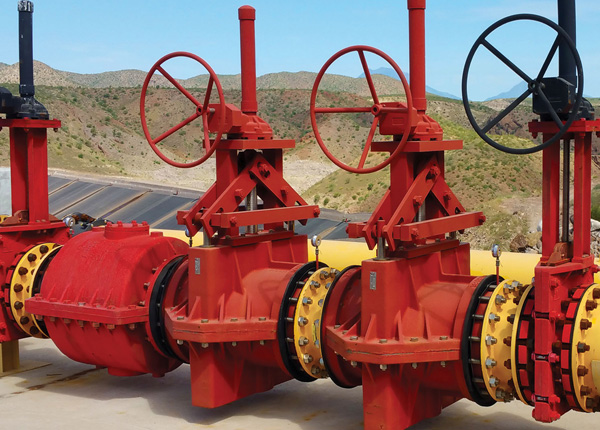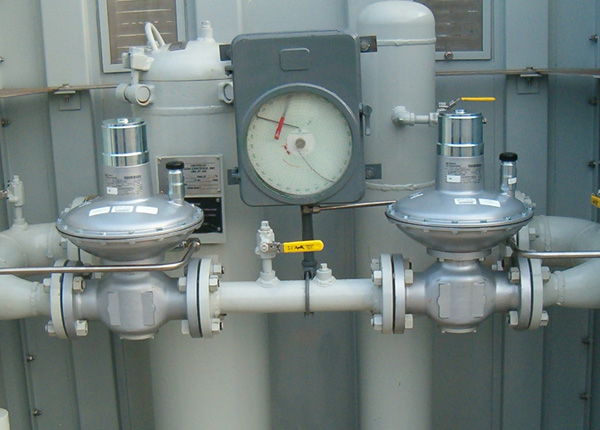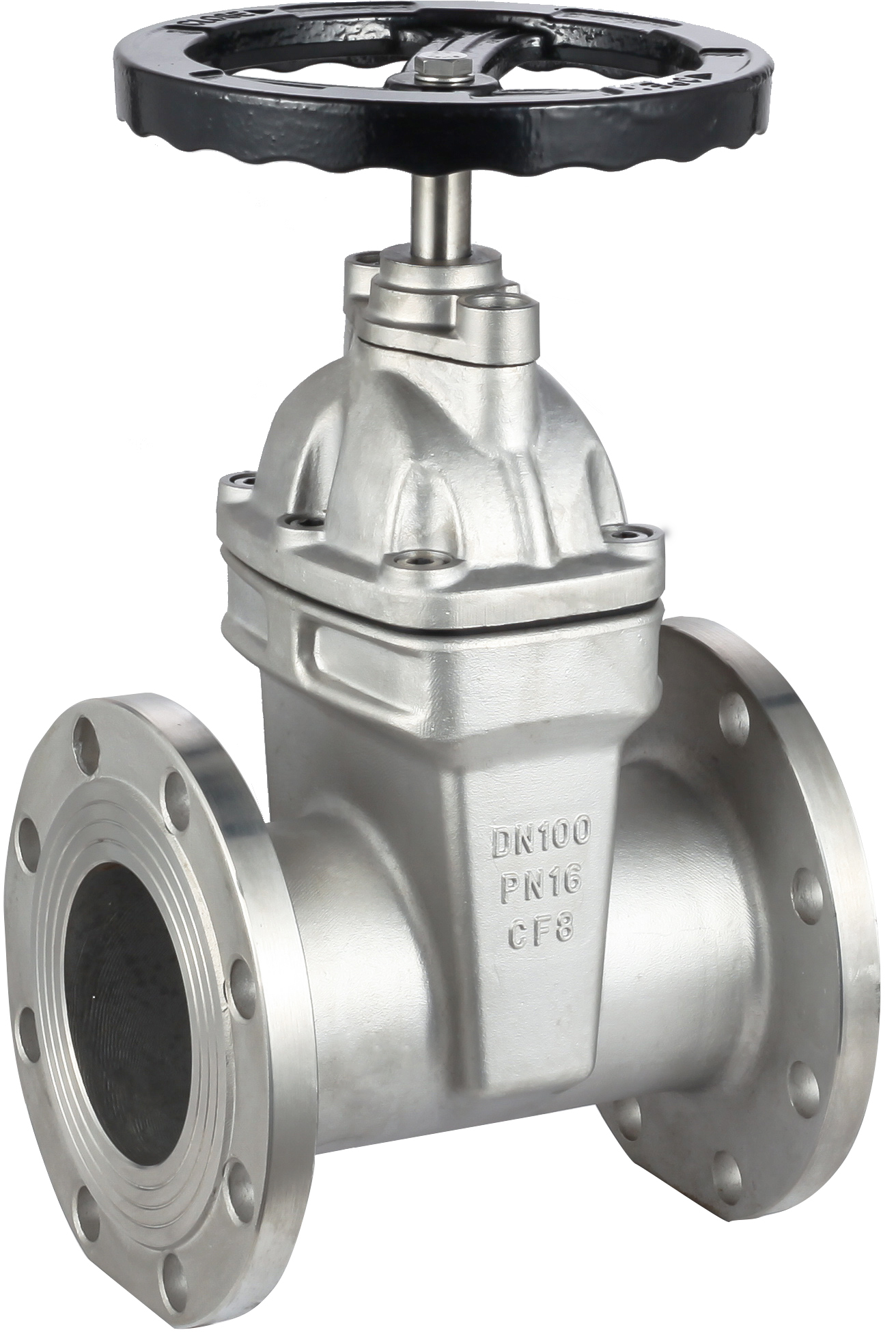What is the difference between a gate valve and a stop valve? Five major differences between stop valves and gate valves
Differences between stop valves and gate valves
1: Structure
When the installation space is limited, pay attention to the selection. The gate valve can rely on the medium pressure to tightly close the sealing surface, so as to achieve the effect of no leakage. When opening and closing, the valve core and the valve seat sealing surface are always in contact and rub against each other, so the sealing surface is easy to wear. When the gate valve is close to closing, the pressure difference between the front and back of the pipeline is large, which makes the sealing surface wear more serious.
The structure of the gate valve is more complicated than that of the stop valve. From the appearance point of view, under the same caliber, the gate valve is higher than the stop valve, and the stop valve is longer than the gate valve. In addition, the gate valve is divided into a rising stem and a dark stem. The stop valve does not have.
2: Working principle
When the stop valve is opened and closed, it is a rising stem type, that is, when the handwheel is turned, the handwheel will rotate and lift with the valve stem. The gate valve is to turn the handwheel to make the valve stem move up and down, and the position of the handwheel itself remains unchanged. The flow rates are different. Gate valves require full opening or full closing, while stop valves do not. Stop valves have specified inlet and outlet directions; gate valves do not have inlet and outlet direction requirements.
In addition, gate valves only have two states: full opening or full closing. The gate opening and closing stroke is large and the opening and closing time is long. The valve plate movement stroke of the stop valve is much smaller, and the valve plate of the stop valve can stop at a certain place during movement for flow regulation. The gate valve can only be used for cutting off and has no other functions.
3: Performance difference
The stop valve can be used for both cutting off and flow regulation. The fluid resistance of the stop valve is relatively large, and it is more laborious to open and close, but because the valve plate is short from the sealing surface, the opening and closing stroke is short.
Because the gate valve can only be fully opened and fully closed, when it is fully opened, the medium flow resistance in the valve body channel is almost 0, so the opening and closing of the gate valve will be very labor-saving, but the gate plate is far from the sealing surface and the opening and closing time is long.
4: Installation and flow direction
The gate valve has the same effect in both directions. There is no requirement for the inlet and outlet directions when installing, and the medium can flow in both directions. The stop valve needs to be installed strictly in the direction marked by the arrow on the valve body. There is also a clear regulation on the inlet and outlet directions of the stop valve. my country's valve "three-in-one" stipulates that the flow direction of the stop valve is always from top to bottom.
The stop valve is low inlet and high outlet. From the appearance, it is obvious that the pipeline is not on the same horizontal line. The gate valve flow channel is on the same horizontal line. The stroke of the gate valve is larger than that of the stop valve.
From the perspective of flow resistance, the gate valve has a small flow resistance when fully open, and the stop valve has a large flow resistance. The flow resistance coefficient of an ordinary gate valve is about 0.08~0.12, the opening and closing force is small, and the medium can flow in two directions. The flow resistance of an ordinary stop valve is 3-5 times that of a gate valve. It needs to be forced to close to achieve sealing when opening and closing. The valve core of the stop valve only contacts the sealing surface when it is fully closed, so the wear of the sealing surface is very small. Due to the large flow force, the stop valve that needs to be added with an actuator should pay attention to the adjustment of the torque control mechanism.
There are two ways to install a stop valve. One is that the medium can enter from the bottom of the valve core. The advantage is that the packing is not under pressure when the valve is closed, which can extend the service life of the packing and replace the packing when the pipeline in front of the valve is under pressure. The disadvantage is that the driving torque of the valve is large, about 1 times that of the flow from the top, the axial force on the valve stem is large, and the valve stem is easy to bend. Therefore, this method is generally only suitable for small-diameter stop valves (DN50 or less), and stop valves above DN200 use the method of medium flowing from the top. (Electric stop valves generally use the method of medium entering from the top.) The disadvantage of the method of medium entering from the top is just the opposite of the method of entering from the bottom.
5: Sealing
The sealing surface of the stop valve is a small trapezoidal side of the valve core (depending on the shape of the valve core). Once the valve core falls off, it is equivalent to the valve closing (if the pressure difference is large, of course it is not closed tightly, but the check effect is still good). The gate valve is sealed by the side of the valve core gate, and the sealing effect is not as good as the stop valve. The valve core falling off will not be equivalent to the valve closing like the stop valve.













